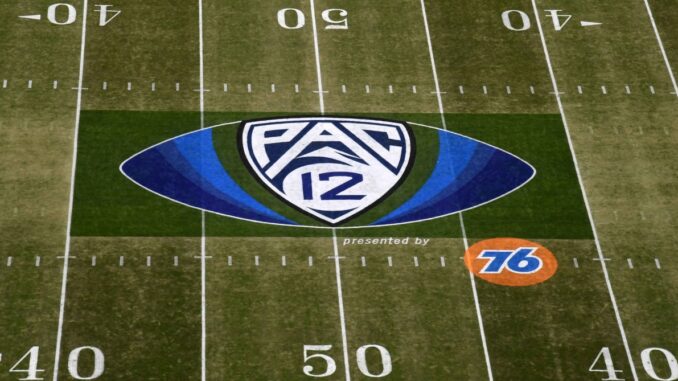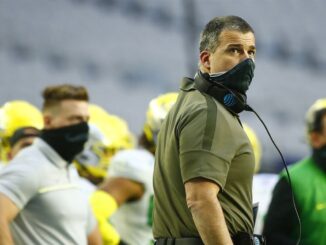
Just two weeks ago, media members were at the Big 12 Media Days, and commissioner Bob Bowlsby was joking around that he’d won a bet because no one had asked him about expansion. Little did everyone know that the University of Texas and the University of Oklahoma were preparing to blow everything up with an announcement just a week later that they’d like to join the SEC.
Since that time just a week ago, both schools have announced that they will not extend their grant of rights in 2025 with the Big 12. The translation of that means that they don’t plan on staying with the conference. On top of that, they have penned a letter to the SEC, asking if they can join in 2025. 11 of the 14 current schools in the SEC have to pass this addition, and outside of Texas A&M, it seems unlikely that there will be many schools with issues as the revenue these two will bring will sweeten the pot for their programs.
This is going to have a drastic effect on college athletics as a whole. It seems like we could be shifting to a Power 4 structure where the remaining conferences, the SEC, ACC, Pac-12, and Big 10, all add up to 16 schools, and those are the teams that have the best shot at playoff runs and National Championships.
As Texas and OU leave the Big 12, they are essentially crumbling the conference with their departure. The Big 12, which only currently has 10 schools, will be left with just eight programs. It’s unlikely that they would seek to add universities like Houston or SMU, who won’t really sweeten the pot in terms of revenue because those Texas markets are already tapped with the schools who play in the conference.
This means that the likely scenario will be the remaining eight programs looking for other conferences to join. There are rumblings that Kansas has already contacted the Big 10 about playing in their conference. That seems like a match made in heaven when you think of the great basketball programs that already sit in that school. On top of that, Texas Christian University, Baylor University, and Texas Tech have contacted the Pac-12 about admittance into their program.
During Pac-12 Media Days on Tuesday, new commissioner George Kliavkoff addressed the rumors and the situation.
“We do not believe expansion is required to continue to compete and thrive,” he said. “We feel very comfortable with our current membership,” he said. “The Pac-12 will be hyper-focused on greater success in football and men’s basketball.”
If the Pac-12 was to expand eventually, because they might be forced to if the other conferences begin to add 16 teams, there are many teams on the table for them to choose from. We already mentioned the Texas teams that would be interested in joining them. If the Pac-12 were to add the markets of A&M, Dallas, and Central Texas with Waco, the TV deal would be substantial. That would leave them with one other school to add: anyone from Oklahoma State, San Diego State, Boise State, or BYU.
There are pros and cons with all those options, and when you think about schools like Washington and Oregon, you do have to consider the travel from each of these schools. It could be a huge disadvantage for the Huskies or the Ducks to have to board a plane and travel to Stillwater, Oklahoma, or Waco, Texas, on a Tuesday in December for a basketball game.
On top of that, the smaller sports programs that don’t generate enough revenue will really be a bear on travel finances when you consider putting them on the road for two to three weeks at a time to make a Southwest swing.
It feels like one thing that isn’t being considered in these discussions or rumors is how this impacts the student-athletes. After all, outside of football or basketball, these kids are expected to make decent grades, pass classes, and be on track to graduate with a degree. All of this will make it much harder on them if they are forced to be on the road, on a bus, or a plane for more than half the year because their new opponents are so far away.
This decision all comes down to the schools and making their pockets a lot richer. The conferences themselves are admitting that college athletics look different than it has before. Take this statement from the Big 12, for example:
“The Big 12 Conference will continue to support our member institutions’ efforts to graduate student-athletes and compete for Big 12 and NCAA championships. Like many others, we will use the next four years to assess the landscape in 2025 fully and beyond. The remaining eight institutions will work together collaboratively to thoughtfully and strategically position the Big 12 Conference for continued success, both athletically and academically, long into the future.”
They know that the landscape won’t be the same for long, and unfortunately for the Big 12, they waited too long. While I don’t love the idea of adding all this travel and adding in teams that don’t seem like they belong in the Pac-12, it would be even worse if the conference that houses Oregon and Washington waited around and found themselves in a similar situation.



